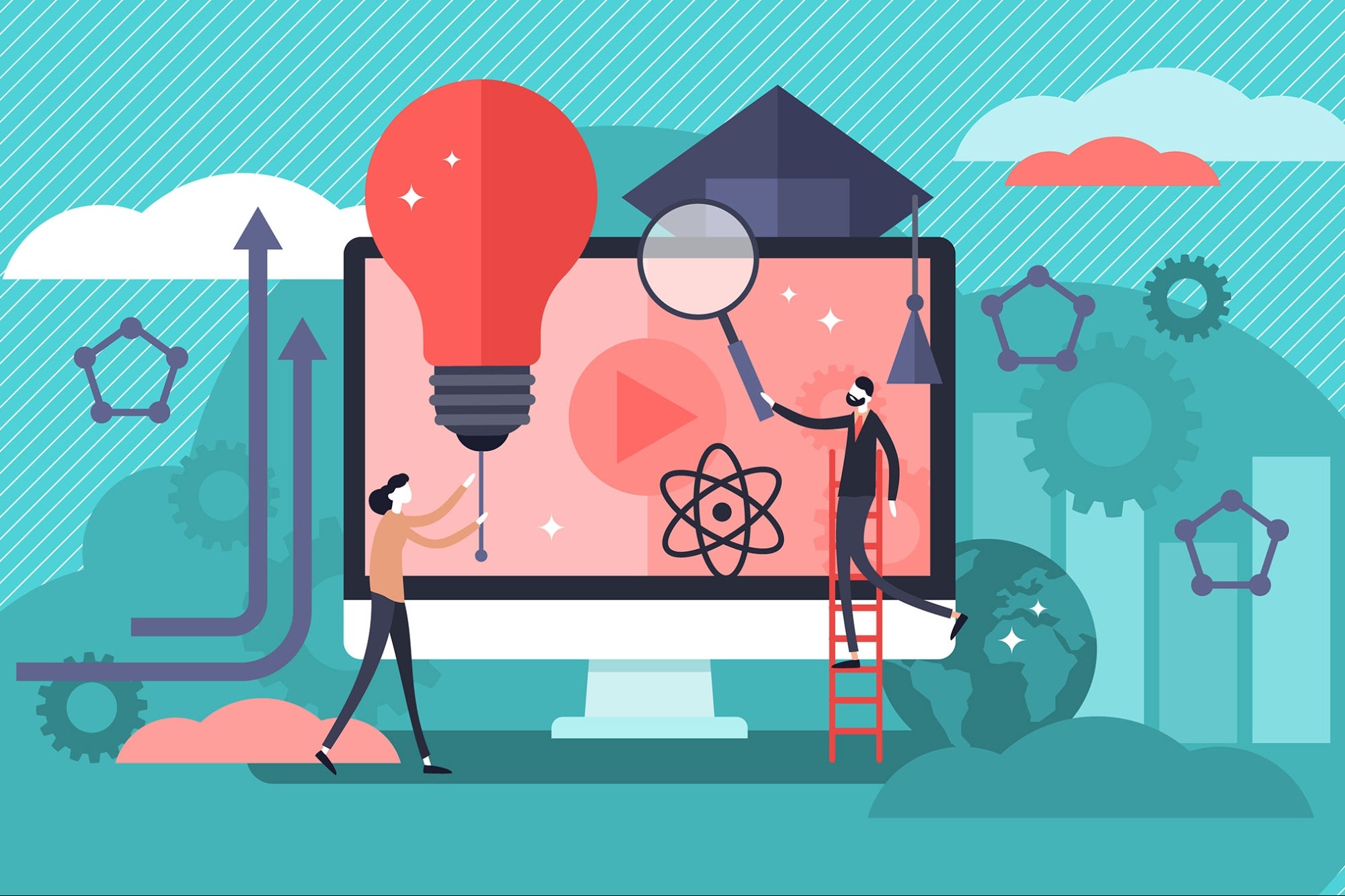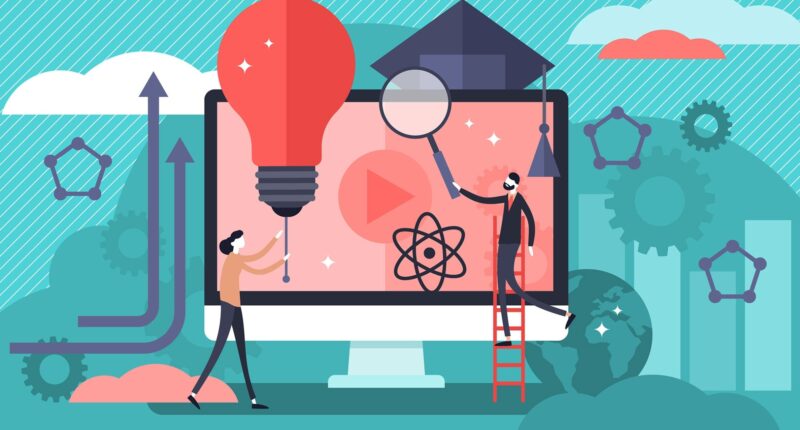
Opinions expressed by Entrepreneur contributors are their own.
The interest in education among adults is constantly increasing, and the market reacts to this demand by introducing EdTech more and more. According to McKinsey, the most demanded characteristic of an education provider is that education there covers enough skills for the students to be hired. So, creating an up-to-date educational product that will satisfy your customers in the fast-changing world requires constantly changing materials. Apart from this, one should pay attention to a seamless product experience — students feel comfortable interacting with the materials if they are satisfied with the teachers, and so on.
I’m sure it’s not enough to create something “good” for your clients once – you should improve it every day and share the changes you made with your students. Here are the rules that helped Refocus become the best educational product of 2022.
Related: Why Investors Are Bullish on EdTech in 2023
Listen to your clients
When getting acknowledged with your product, people might face impossible-to-predict difficulties. For example, we initially implemented an ineffective onboarding system – students were joining their cohort a bit later after purchasing the course. The problem was that they were eager to pay off their investment to change their lives but didn’t get access.
So, it is essential to monitor students’ feedback closely:
- Track product analytics such as completion rate, customer satisfaction (CSAT), retention rate, and other key performance indicators. It’s easy to collect this data, which provides quite a complete picture of clients’ experience. If something is wrong with the materials, you will immediately see a decrease in the CSAT and completion rate.
- Gather qualitative feedback from students, particularly on where they face difficulties or what they find confusing. More detailed reviews can help you identify details that need clarification or improvement.
- Pay attention to how students assess the people they contact. Since maintaining motivation is the most significant factor in retaining students, tracking their satisfaction with mentors, community managers, support specialists, and anyone they contact regularly is vital. Sometimes, it may be necessary to let go of a mentor if their students’ marks are consistently poor.
Collecting information about this regularly ensures you can constantly make the learning experience better. Therefore, make clients more satisfied with your product and more likely to share positive feedback with their acquittances and study more effectively.
Related: 5 EdTech Trends That Will Change Learning Between Now and 2030
Keep your program up-to-date
According to LinkedIn, 55% of adults decide to study something new to increase their career opportunities or even change their occupations completely. Consequently, an educational product should provide them with the most relevant skills.
Thus, working with professionals outside the company to provide feedback on your product is important. These can include:
- Hiring managers from companies who are looking for people like your graduates. This external perspective from people with real-life experience decides if a candidate with a certain skill set should be hired and provides valuable insights into the skills and knowledge most in demand in the current job market.
- External professionals to evaluate the clarity and accuracy of your materials. This is crucial to assess your product objectively regarding which skills are the most used in real life and what graduates might be lacking. From our experience, it’s worth working with a person who has a senior position with 5+ years of experience in the area you’re educating in.
- Industry leaders from all over the world. Exchanging experiences with someone who is creating something similar but differently will help you keep track of the trends and best practices. If the person you are conversing with is not your competitor, you both will benefit from fruitful conversations.
- Instructors and mentors. Sometimes, especially in larger companies, instructors involved in different parts of product creation don’t communicate with each other; however, such interactions shouldn’t be underestimated. For example, we usually work with different people for each block of the course to find the most competent in a particular area. Because they have 5+ years of experience in the same area, they can provide valuable advice on each other’s materials.
Related: Will Edtech See a Paradigm Shift In 2023?
Make regular improvements
Finally, it is important to regularly implement changes to your product based on the feedback you receive. One of the ways to cross-check each other’s work and identify areas for improvement is to have dedicated meetings to discuss them. In these meetings, everyone who can make your picture fuller should be invited, and no one can share the same information except for them: for us, it’s the entire product team and the heads of the departments that are interconnected with it – community, support, marketing, etc.
We normally have two types of meetings:
- Daily. These are needed to identify minor problems as soon as they arise. During this meeting, you can look at the product analytics to track all the changes, compare them to those done the previous day, and determine their reasons. For example, a rapid decrease in homework satisfaction means something was unclear. If something like this emerges, one should dig deeper and determine the reasons. Sometimes, these issues can be solved quickly. For example, we didn’t pay enough attention to a feature students needed for their homework, so they felt confused. In this case, it’s enough to attach another guide that describes it in more detail. So, we determine the person responsible for it and give them several days to improve the materials, which they will tell us about in another daily meeting. However, some matters require more significant changes, and we hold another type of meeting to plan them.
- Monthly. When the slight changes you make are not enough to fix the learning experience or if the qualitative feedback shows that students are generally dissatisfied with a whole course block, more significant improvements should be implemented. A dedicated monthly meeting helps collect everything you discussed before and form a whole picture. For example, we have refilmed several blocks of our course completely. In one case, it was because the students didn’t like the instructor; in another, it was because we included too much information, and they got confused with all the details, some of which could have been easily amended. Of course, it’s an extreme case: sometimes it’s necessary to refilm only one lesson or change homework, but this would still require some time.
We launched our most popular product, a course on data analysis, only last spring, but people who sign up for it now will get completely different materials than the first cohort did. If you’re following the same strategy, it’s vital not to make your first students feel deprived and think they got a worse product than others. For us, the solution is to share the updated materials with previous cohorts’ students and keep their access to the previous ones.
To conclude
In conclusion, providing a constantly improving learning experience and materials is essential for the success of an EdTech product. Revising the course content to address areas of confusion or difficulty and updating the curriculum to reflect the latest industry trends and job market demands will help ensure that your educational materials will be in-demand for as long as education itself.
And as we can see from the current trend on lifelong learning – this could be the case forever.
This article is from Entrepreneur.com









